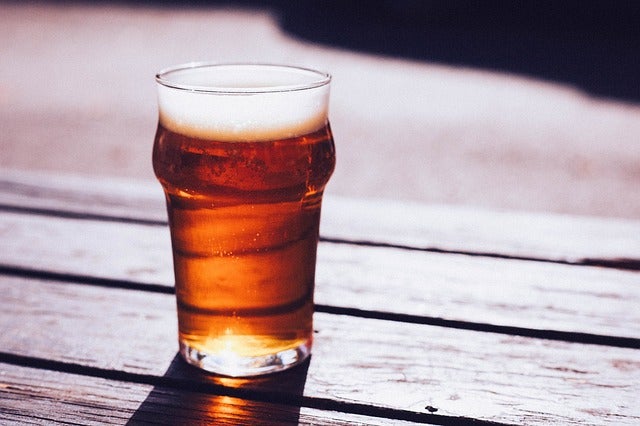The Magna Carta is most celebrated for its supposed role in restraining the power of the king and establishing certain fundamental rights – but it could have a more inebriating legacy.
One of the ‘rights’ enshrined by the charter was to have your ale served in a standard measure “throughout the kingdom”.
The provision, which also applied to other goods like wine, corn and cloth, was aimed at restricting the ability of merchants to short-change people by selling things that looked bigger than they actually were.
Marcus Jones, the Government's communities minister with responsibility for local pubs, said the charter should be remembered for its role in the creation of the pint.
“The Great British Pub is a national treasure which is why we are determined to protect it,” he said.
“We should all be proud of our nation’s great history as a brewing powerhouse, therefore it is only right we celebrate Beer Day Britain alongside the Magna Carta today.
“I am told that in medieval times a standard measure of beer was the equivalent of 2 pints – called the London quarter - so while our glasses may now be smaller, our love for British beer remains as great as ever.”
Mr Jones is correct to cite the London quarter, which was specifically mentioned in the charter as a measurement.
In pictures: Magna Carta anniversary
Show all 4“There shall be standard measures of wine, ale, and corn (the London quarter), throughout the kingdom. There shall also be a standard width of dyed cloth, russet, and haberject, namely two ells within the selvedges. Weights are to be standardised similarly,” clause 35 reads.
However, the 'London quarter' actually refers a quarter of a ‘tun’ barrel – between 200 and 300 litres.
The measurement referred to what we would now think of as wholesale prices – which would likely have been of more interest to barons buying barrels of ale for their estates.
It would be longer before the pint of beer as we know it was fully standardised: the current ‘imperial pint’ was defined by parliament in a weights and measures act in 1824, though a traditional English pint had existed for a long time prior to that.
But the principle of standard weights and measurements was there, established in the bill of rights: thus, the standard pint of beer can trace its legacy to the Magna Carta.
While it’s become more acceptable to sell other things by the irregular amounts, standard measurements for alcohol have endured – maybe because it’s more difficult to judge when you’ve had a few already.
Subscribe to Independent Premium to bookmark this article
Want to bookmark your favourite articles and stories to read or reference later? Start your Independent Premium subscription today.


Join our commenting forum
Join thought-provoking conversations, follow other Independent readers and see their replies